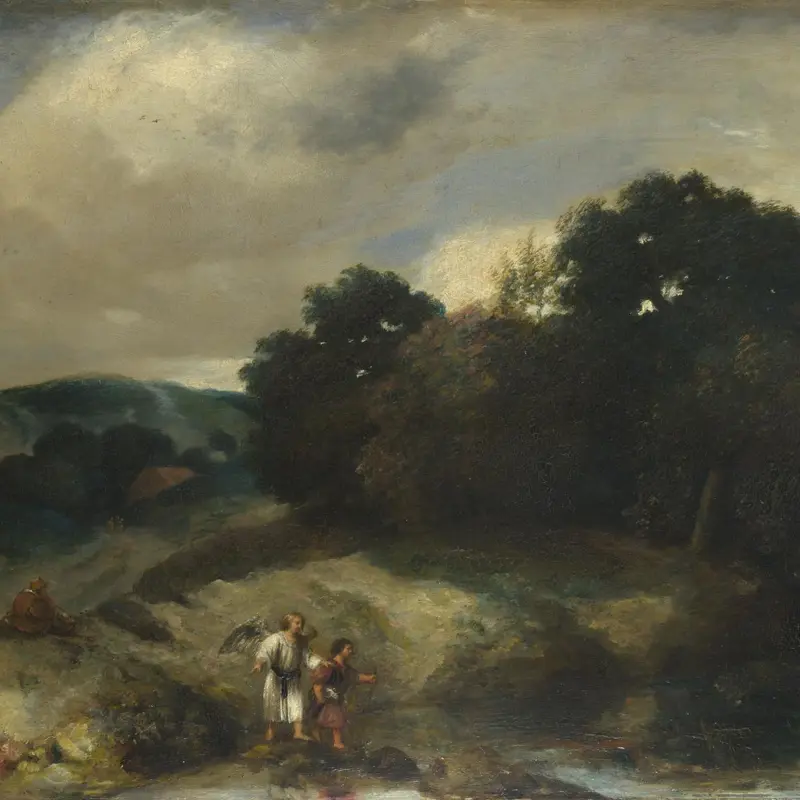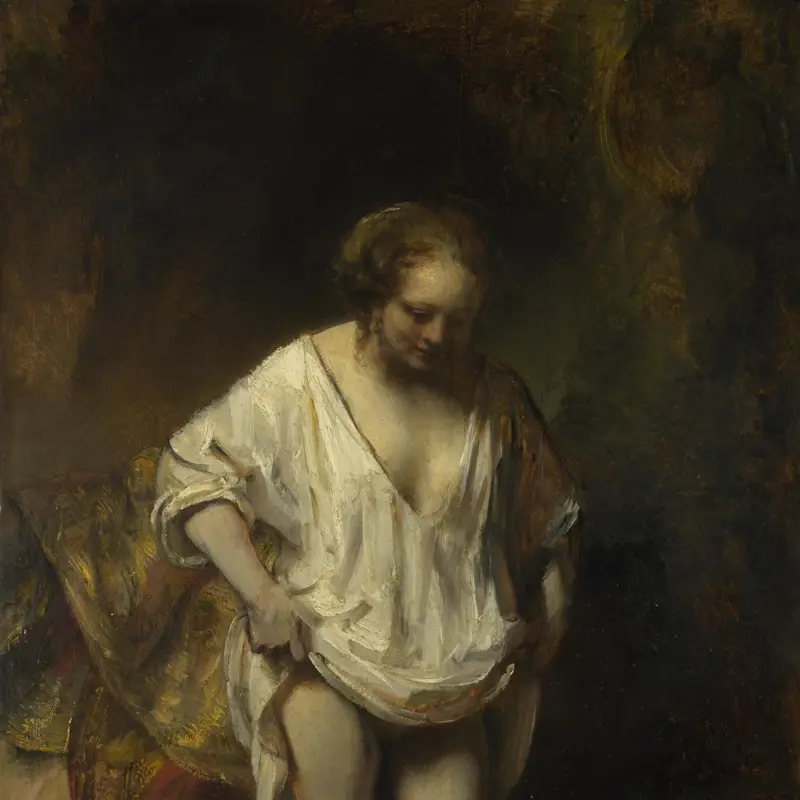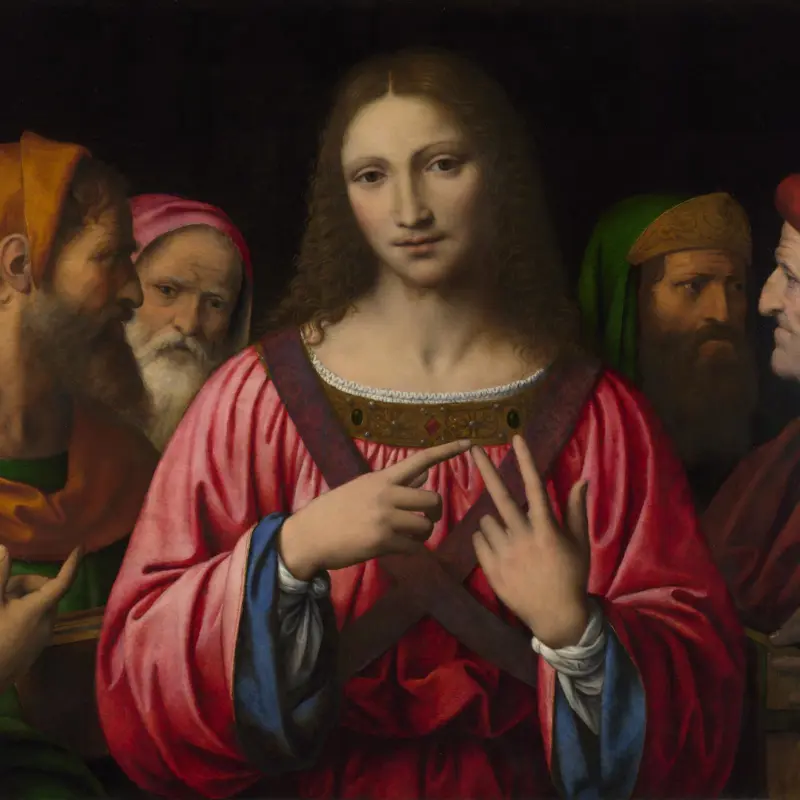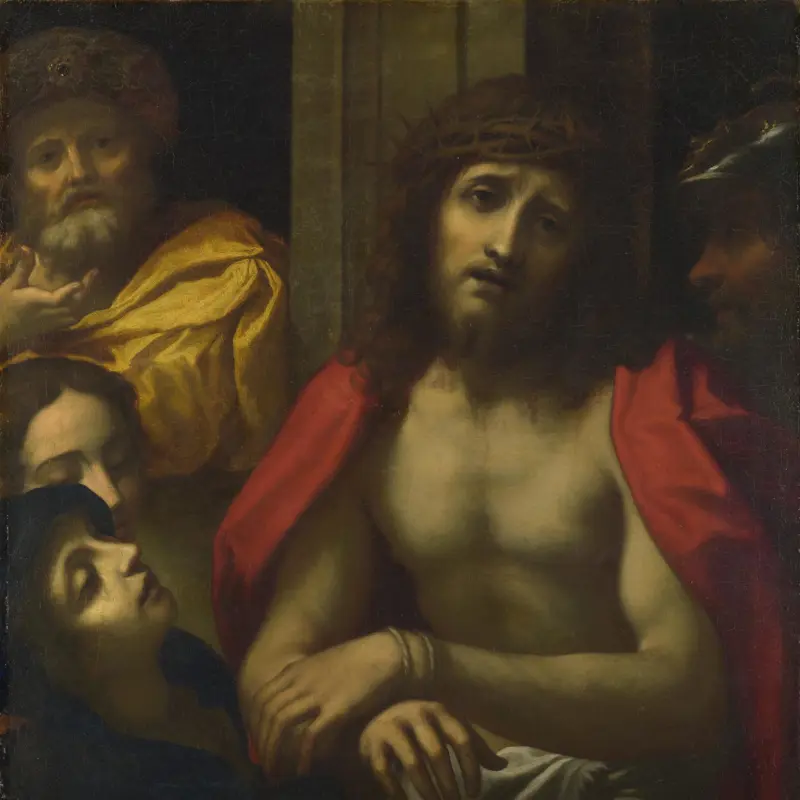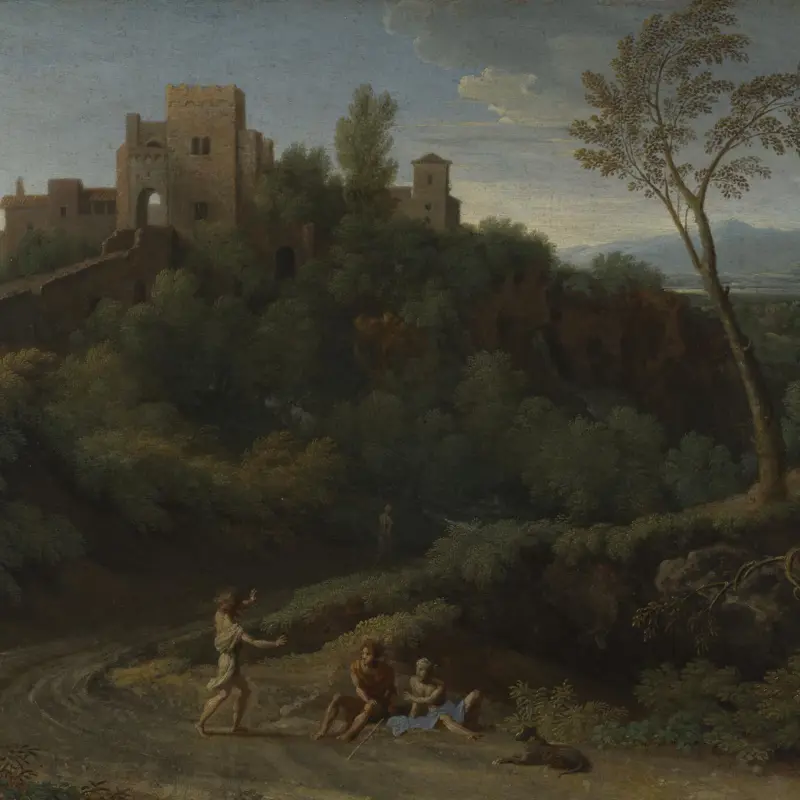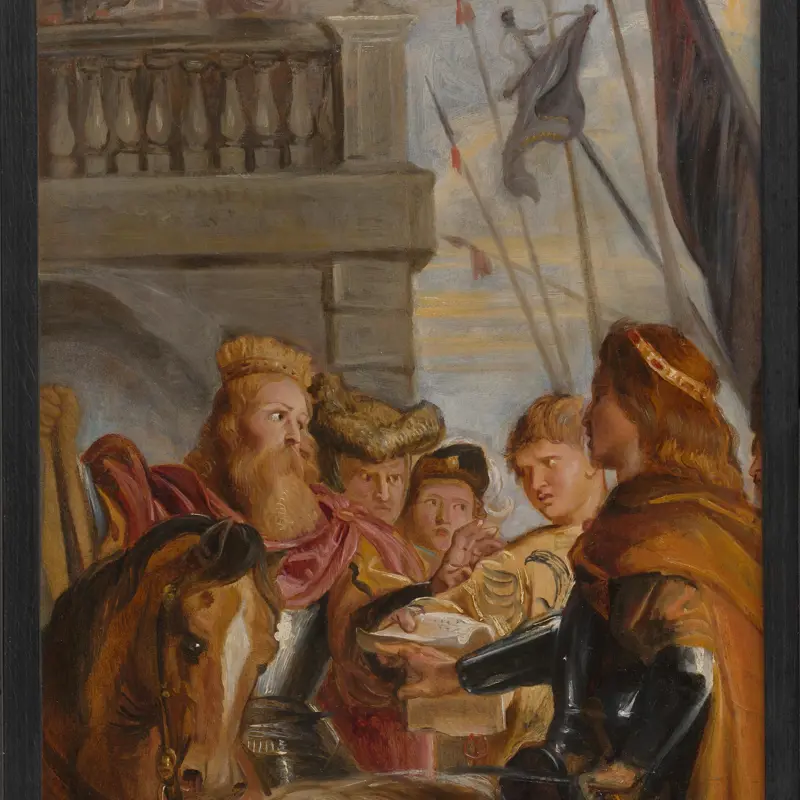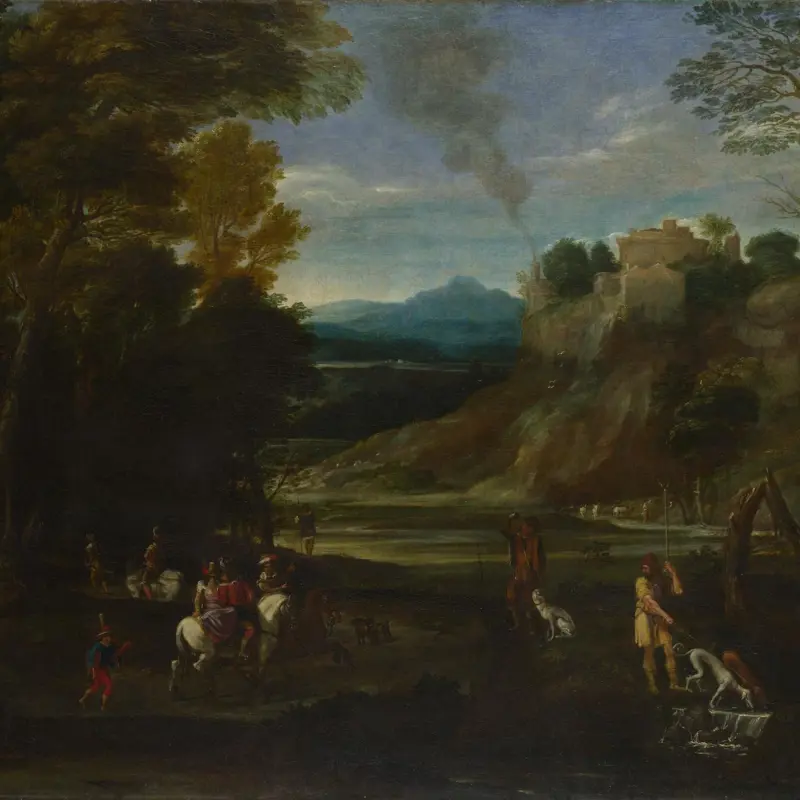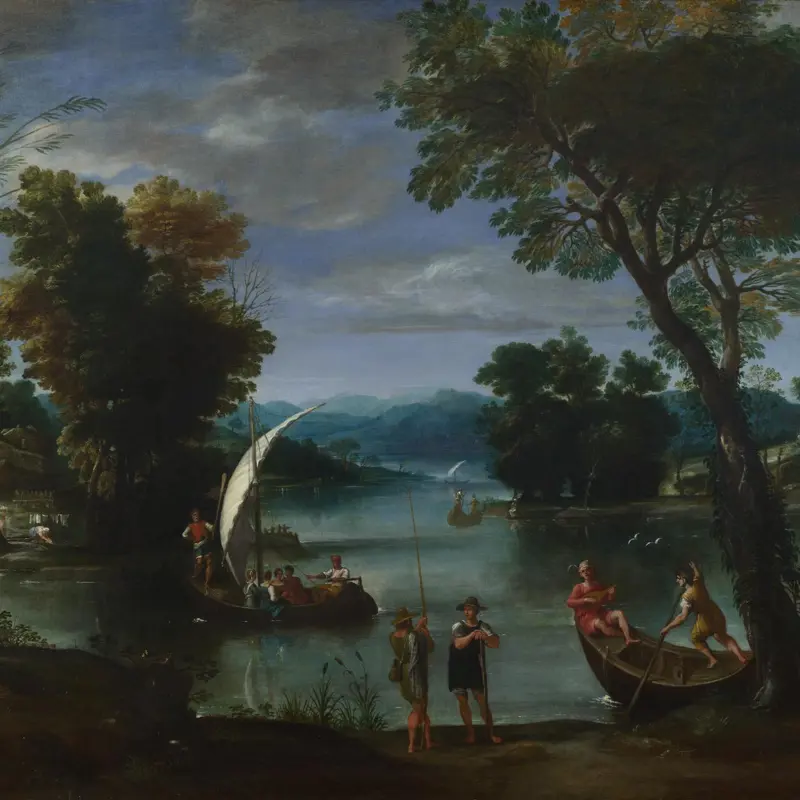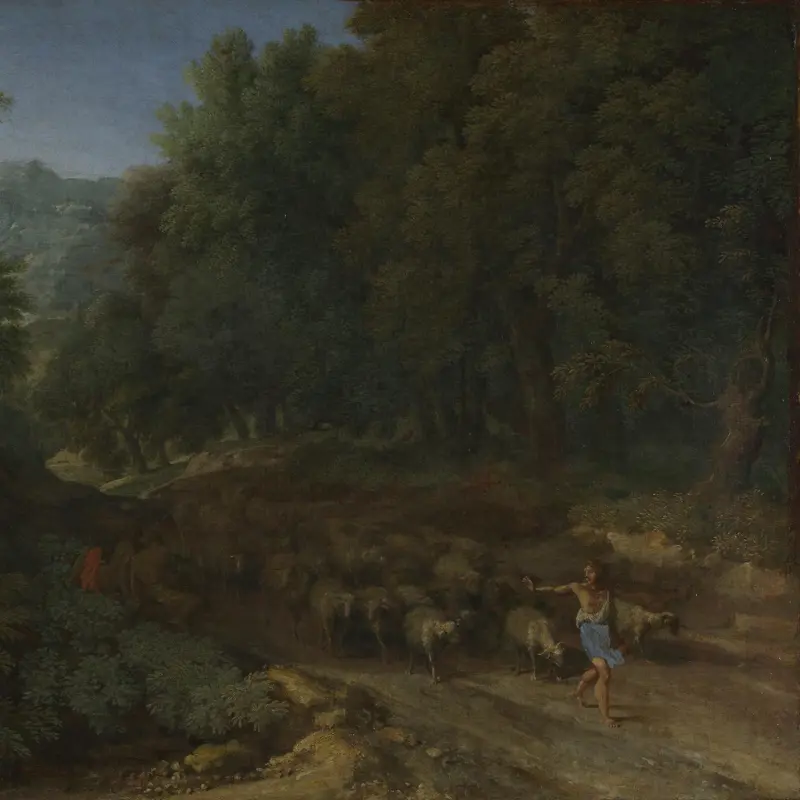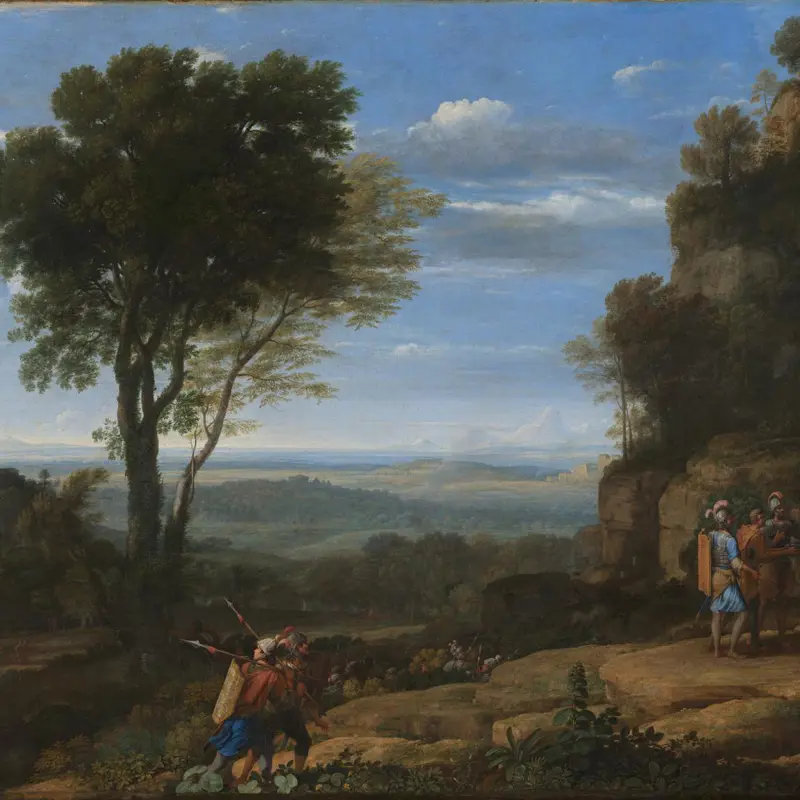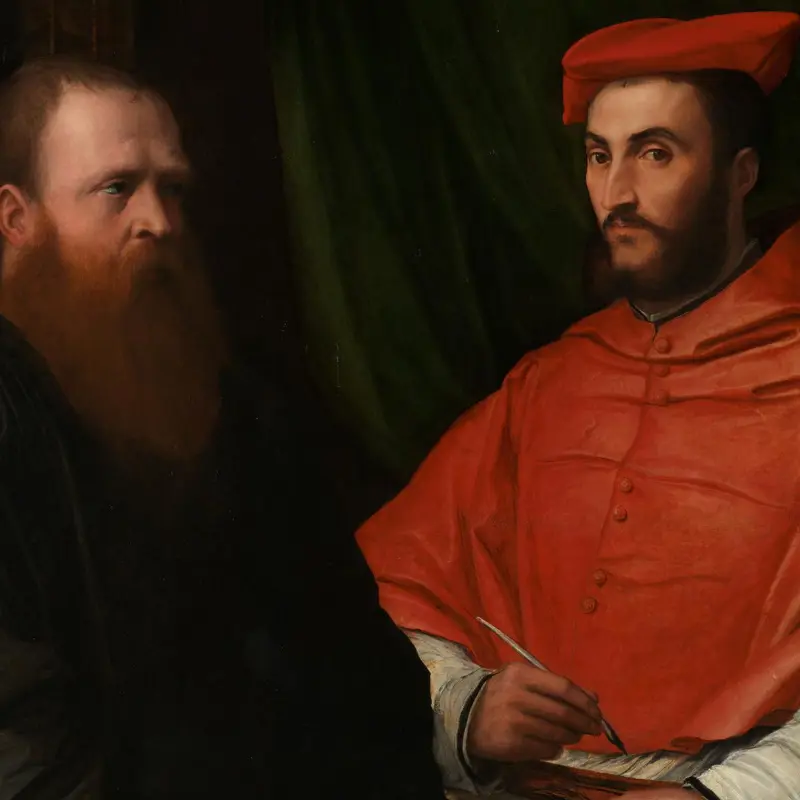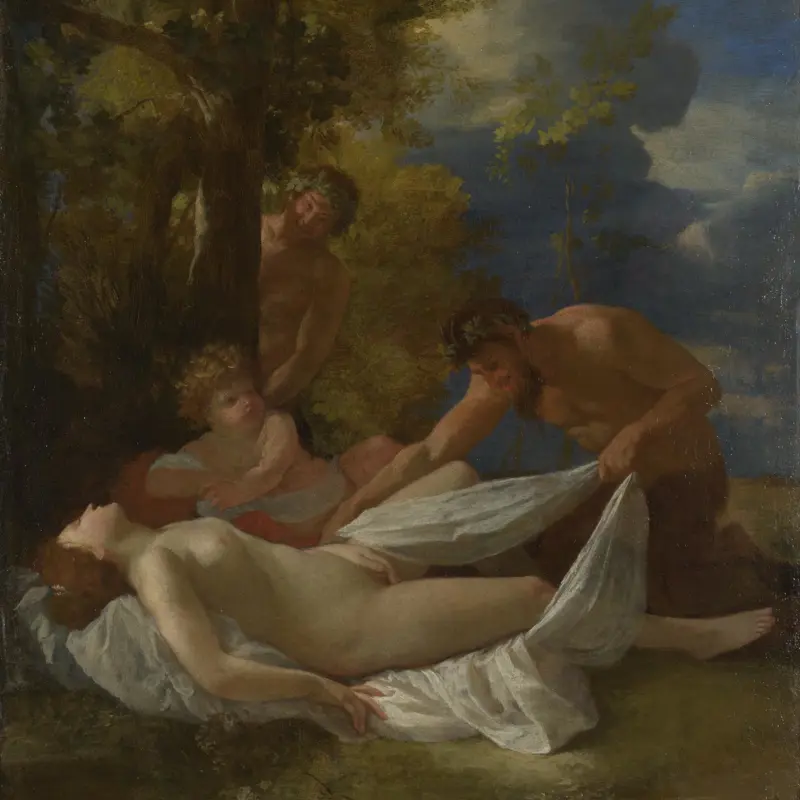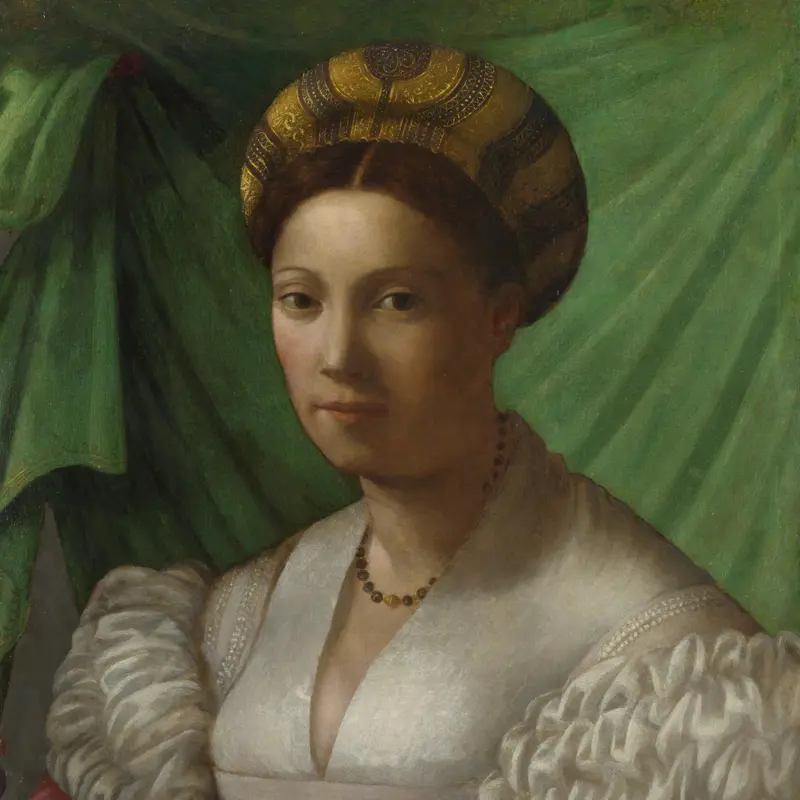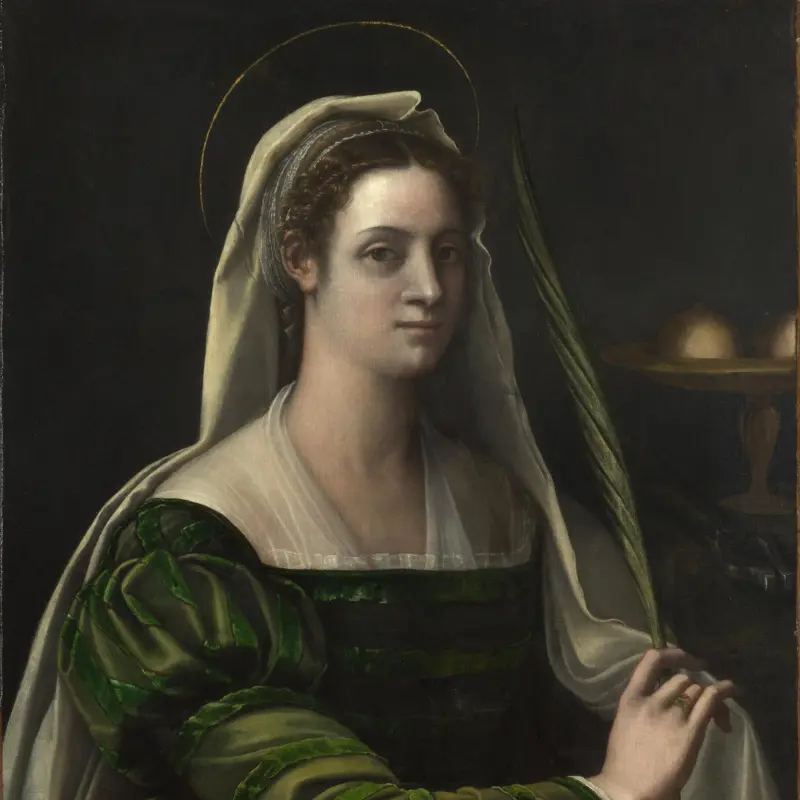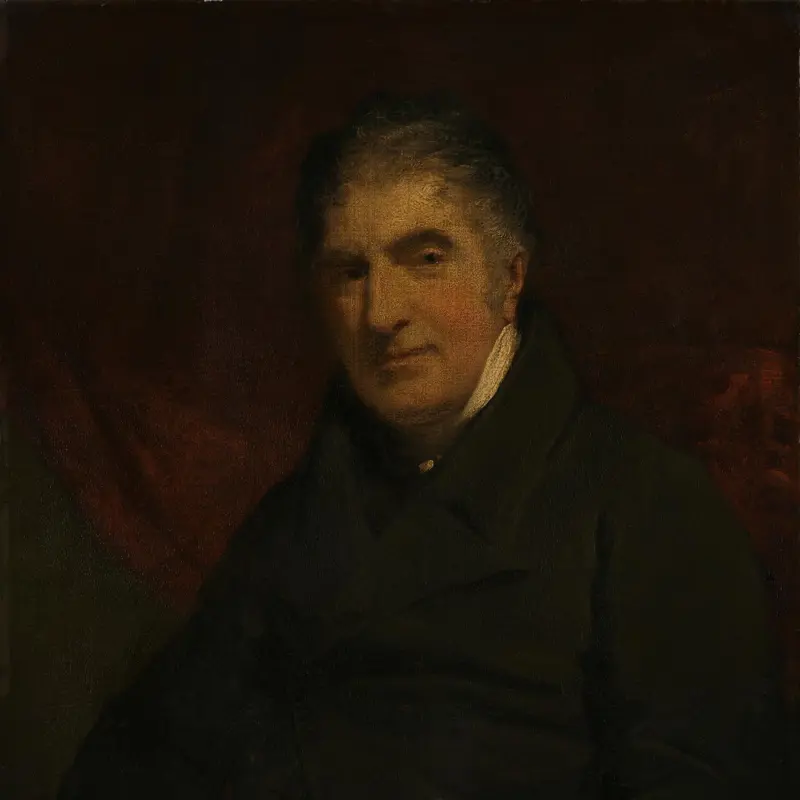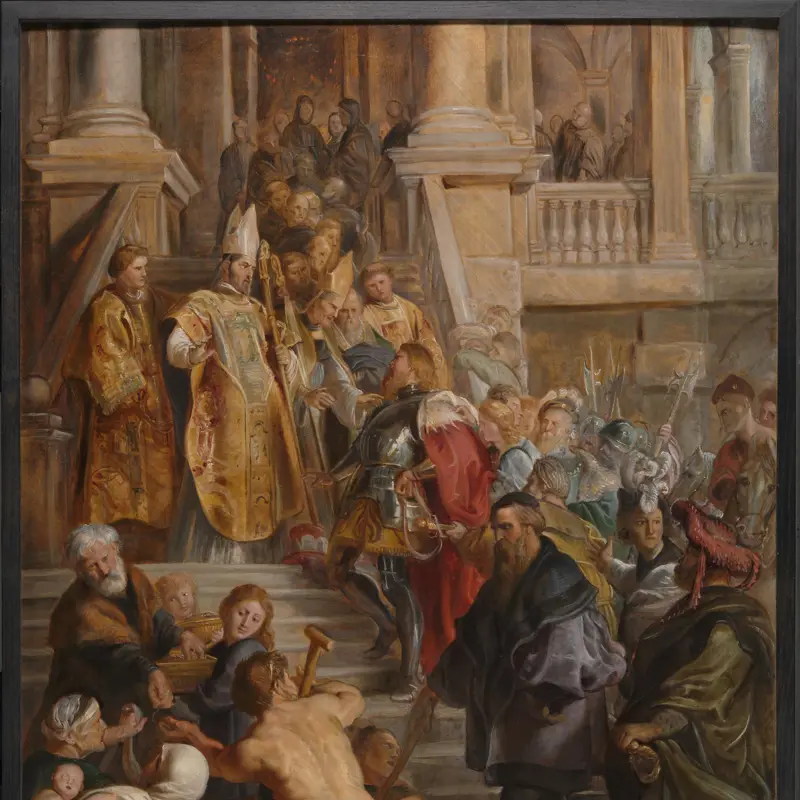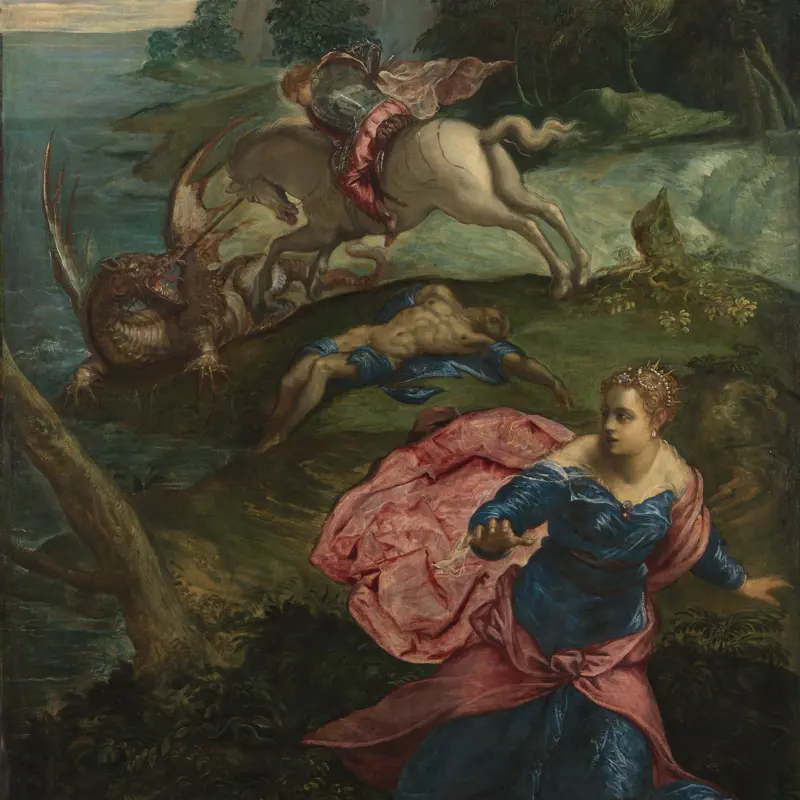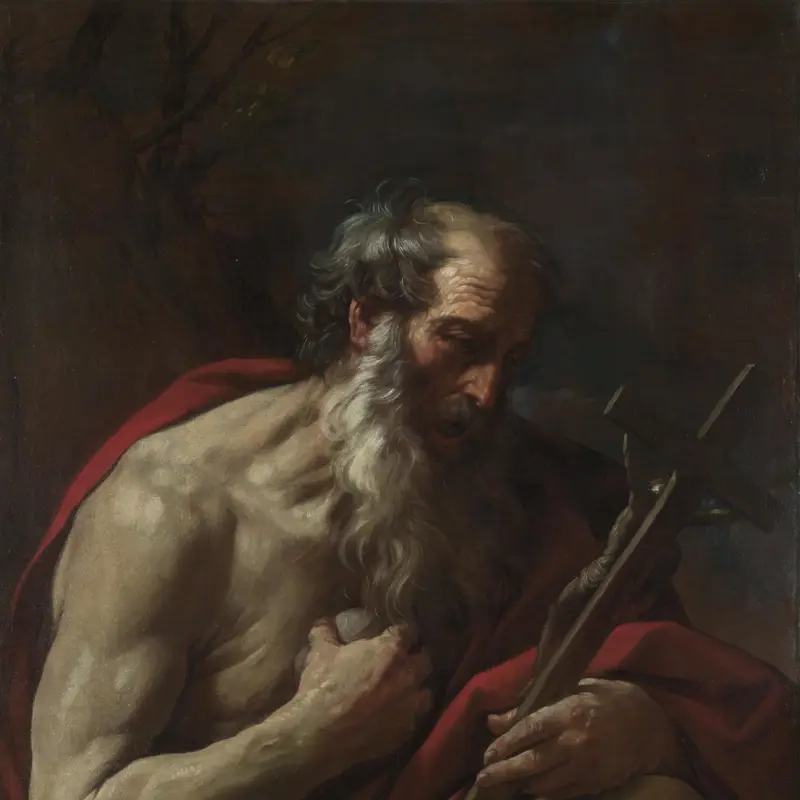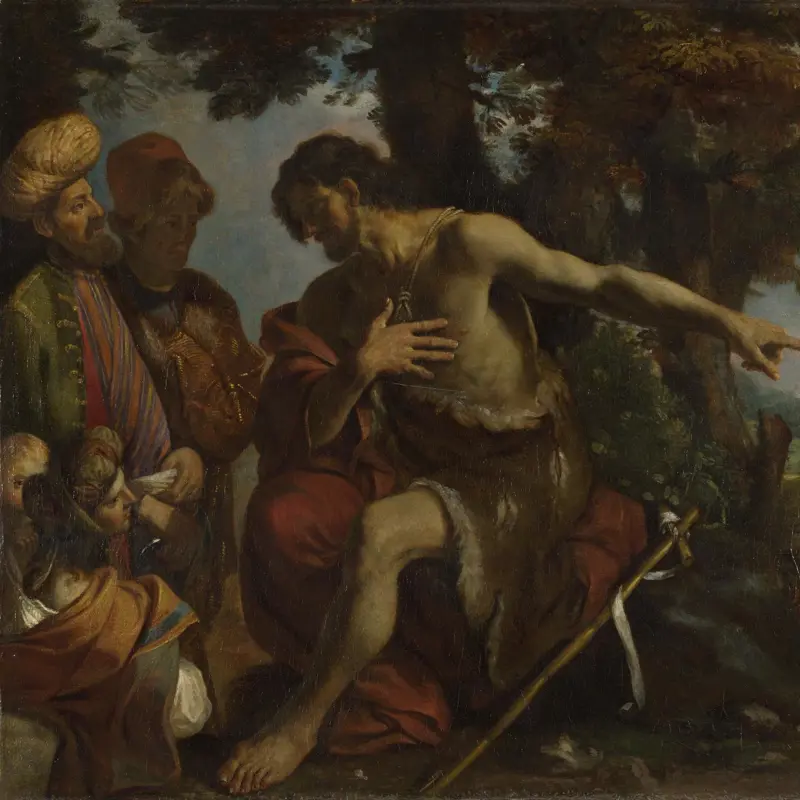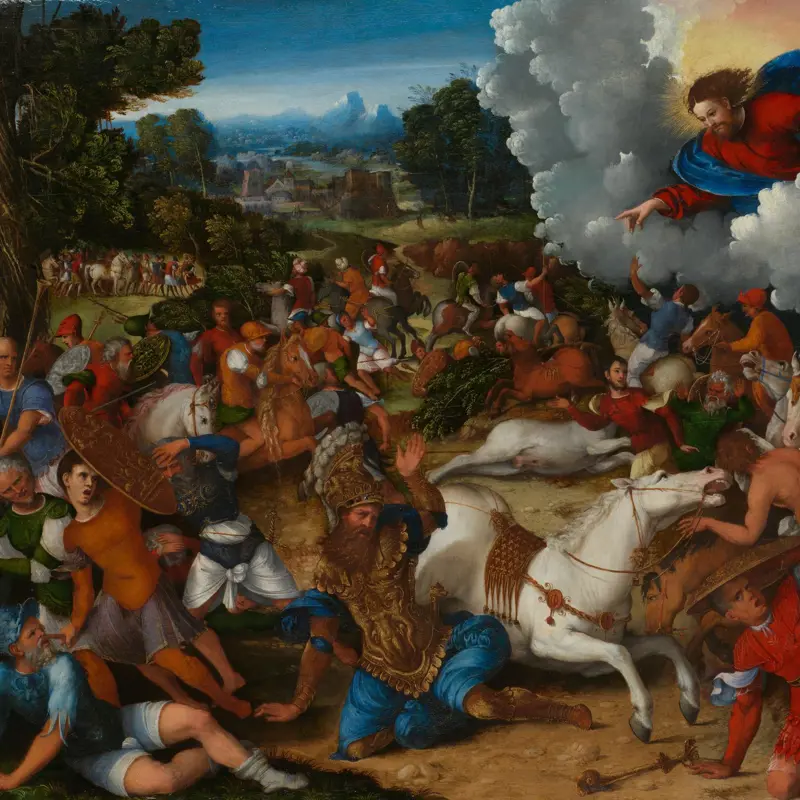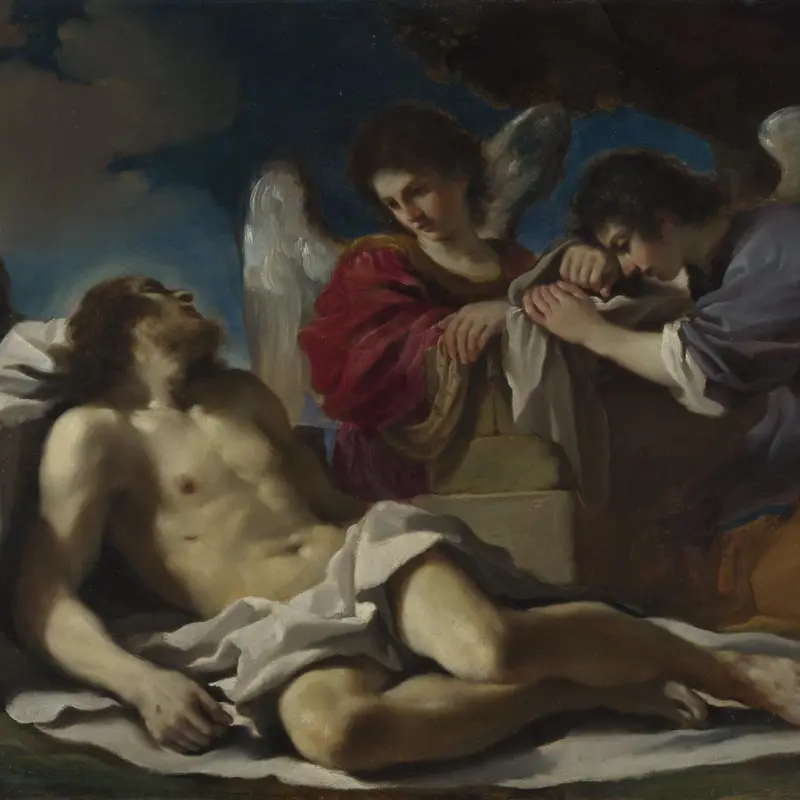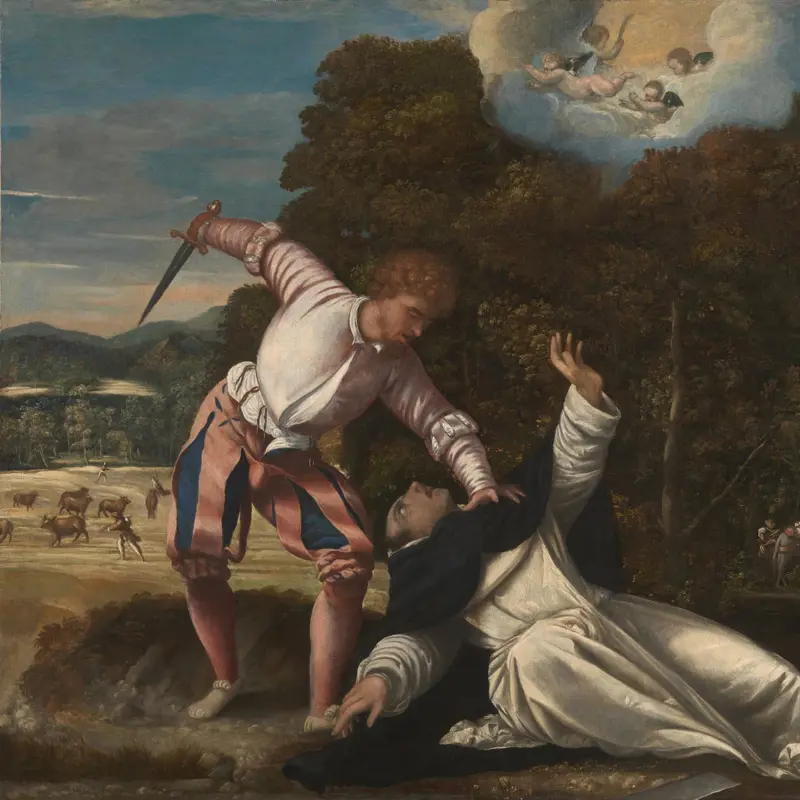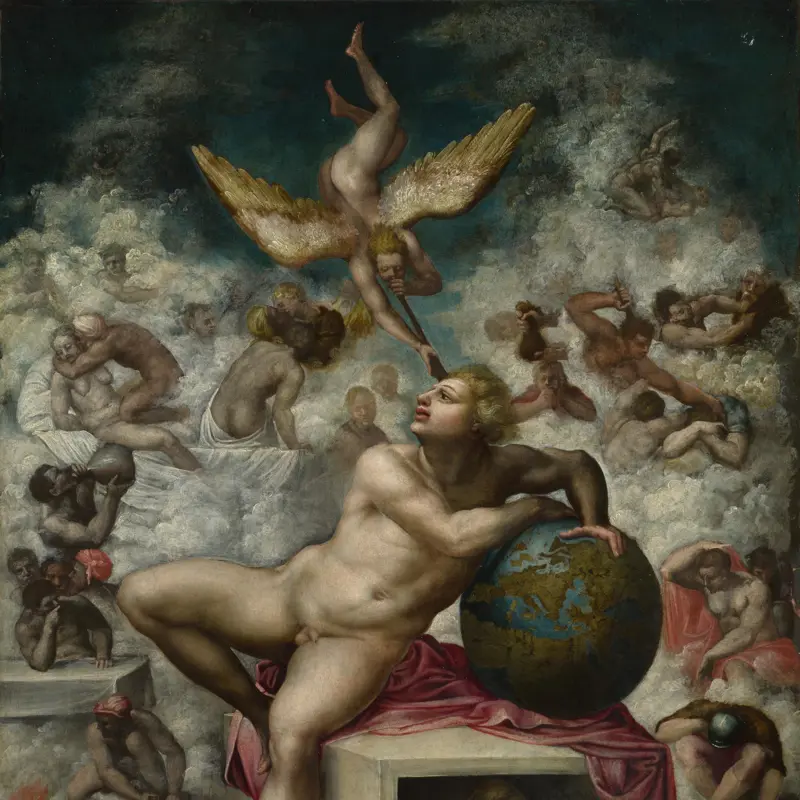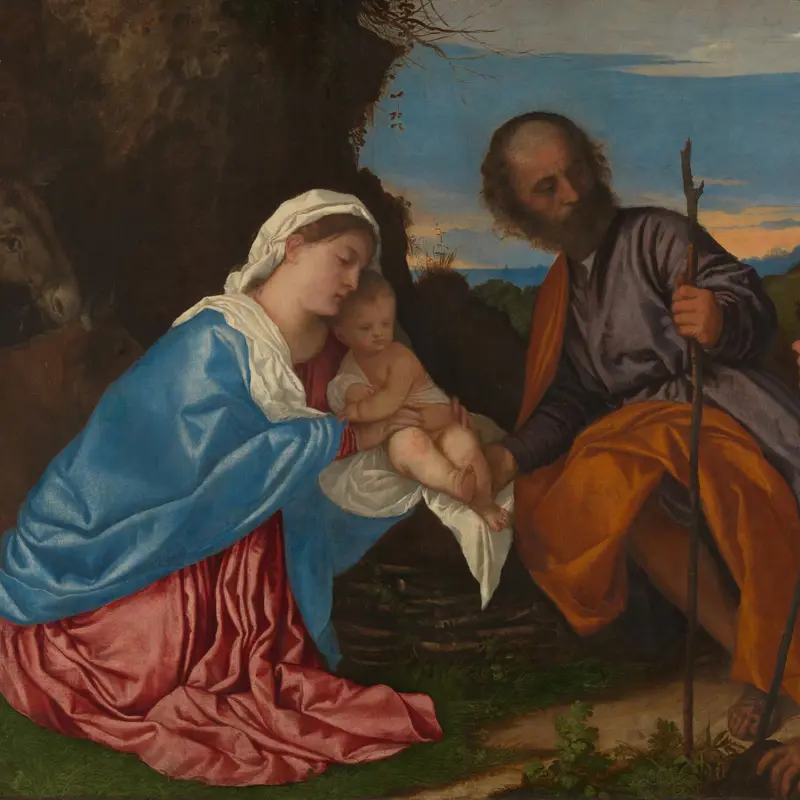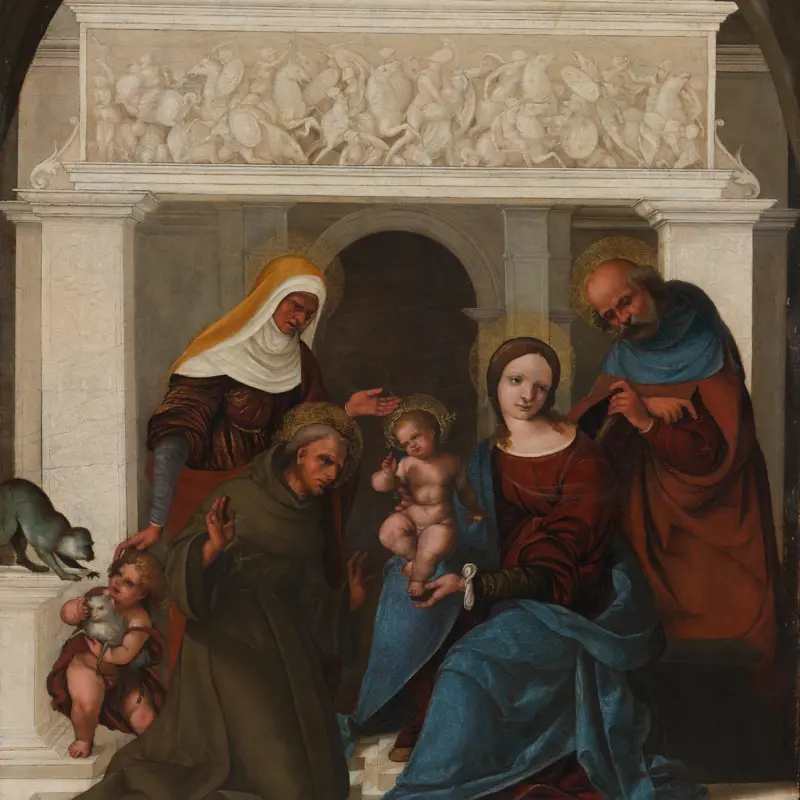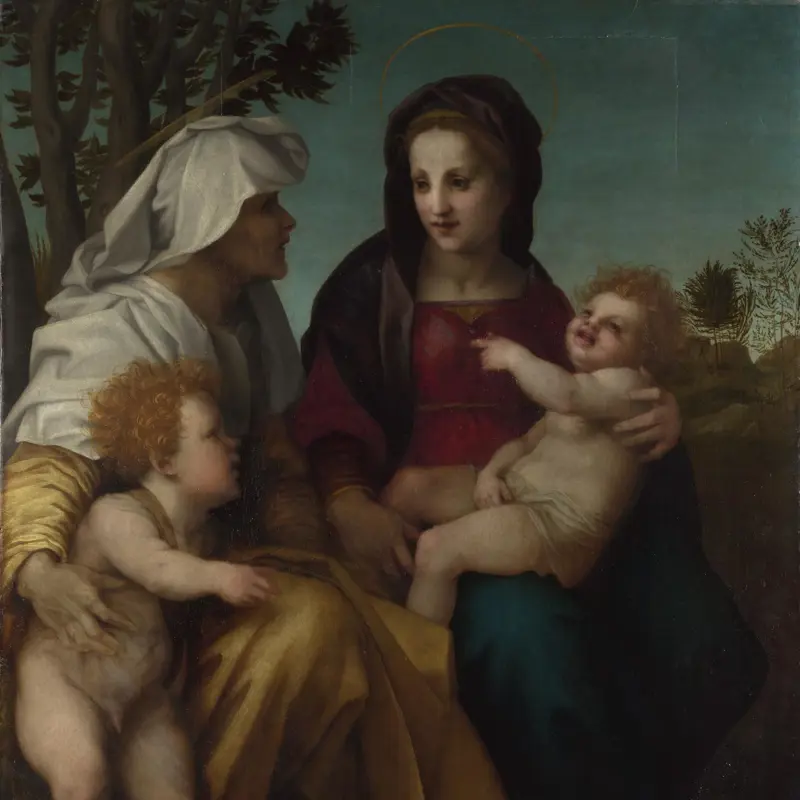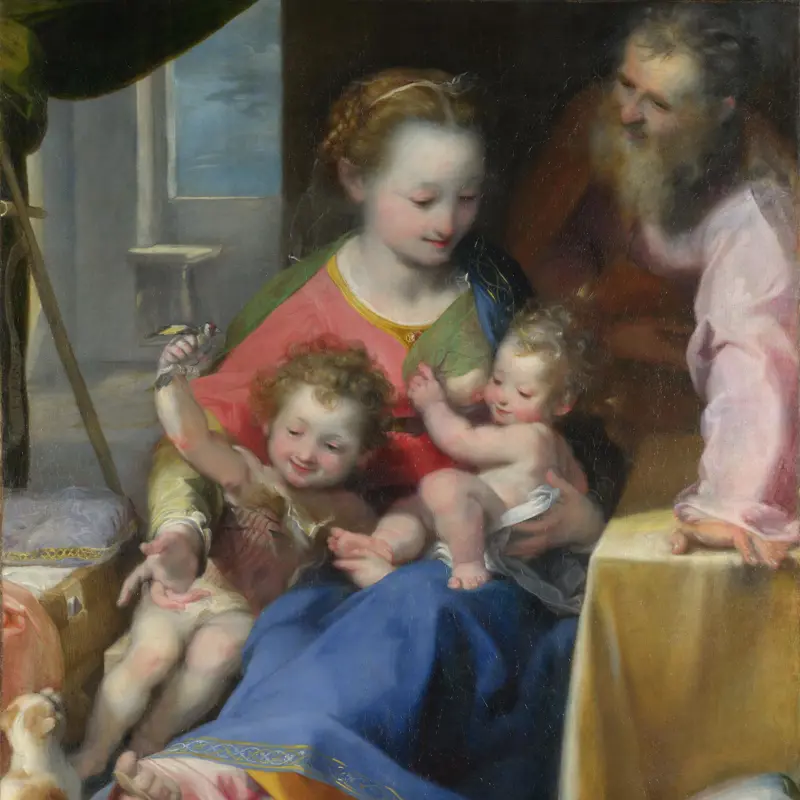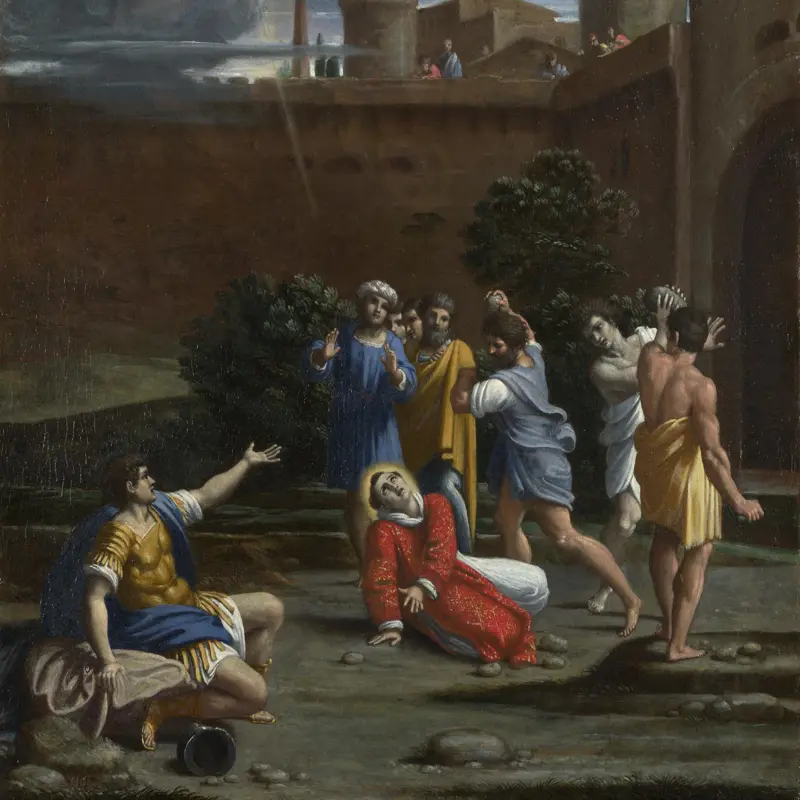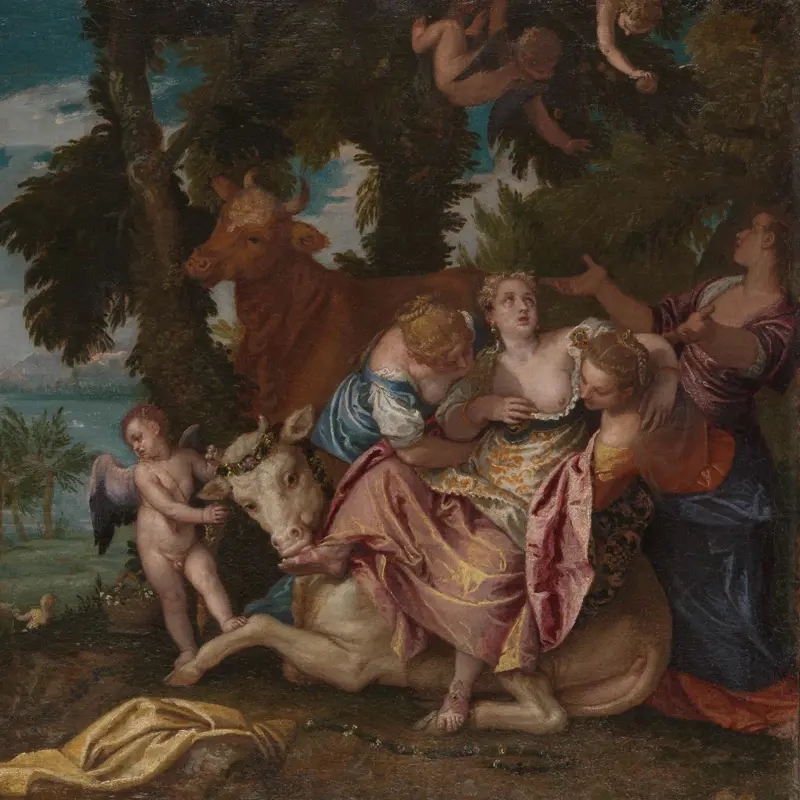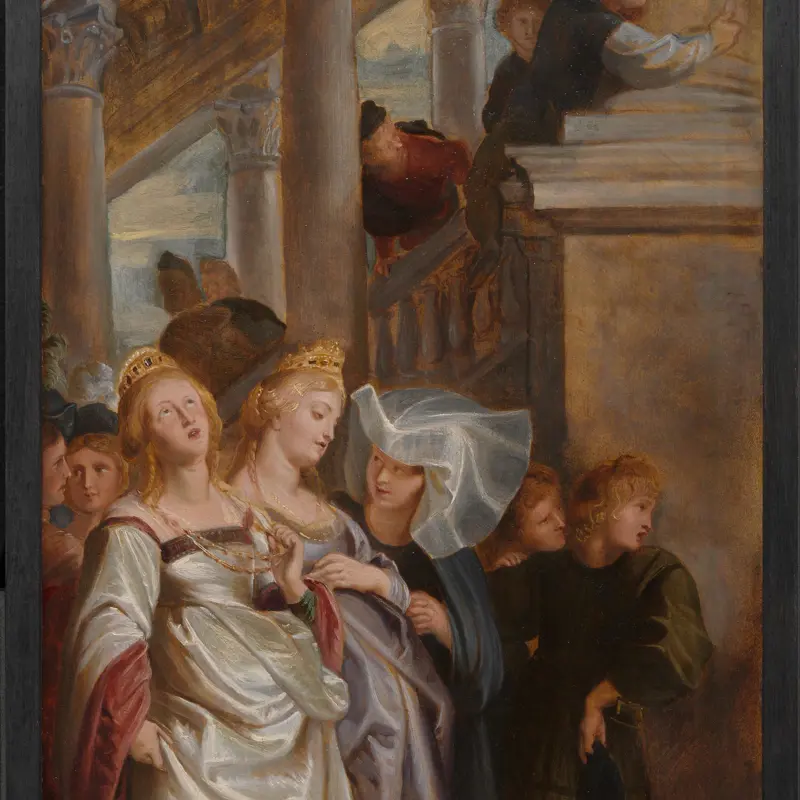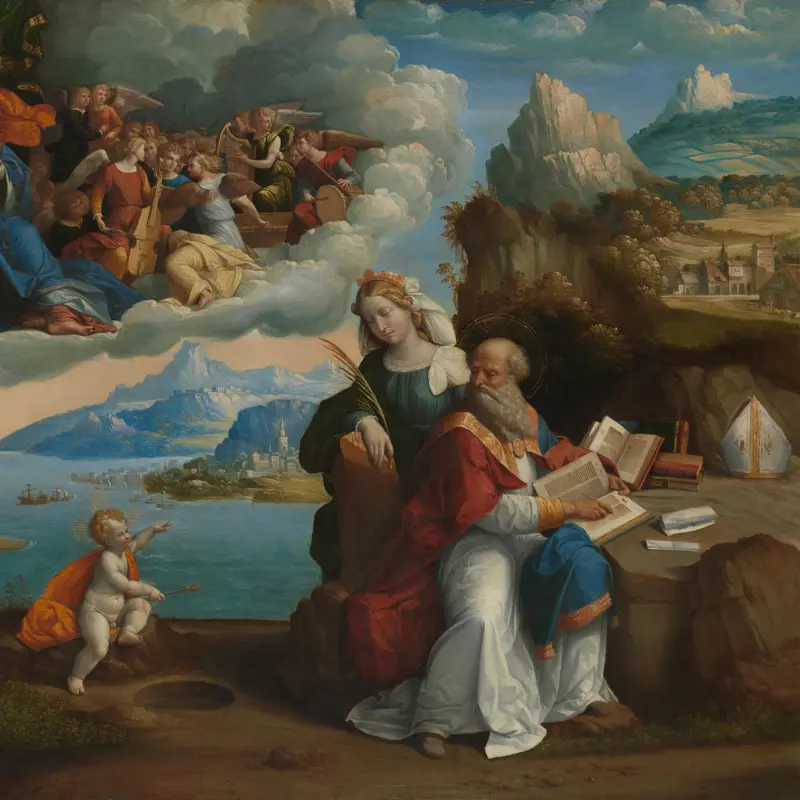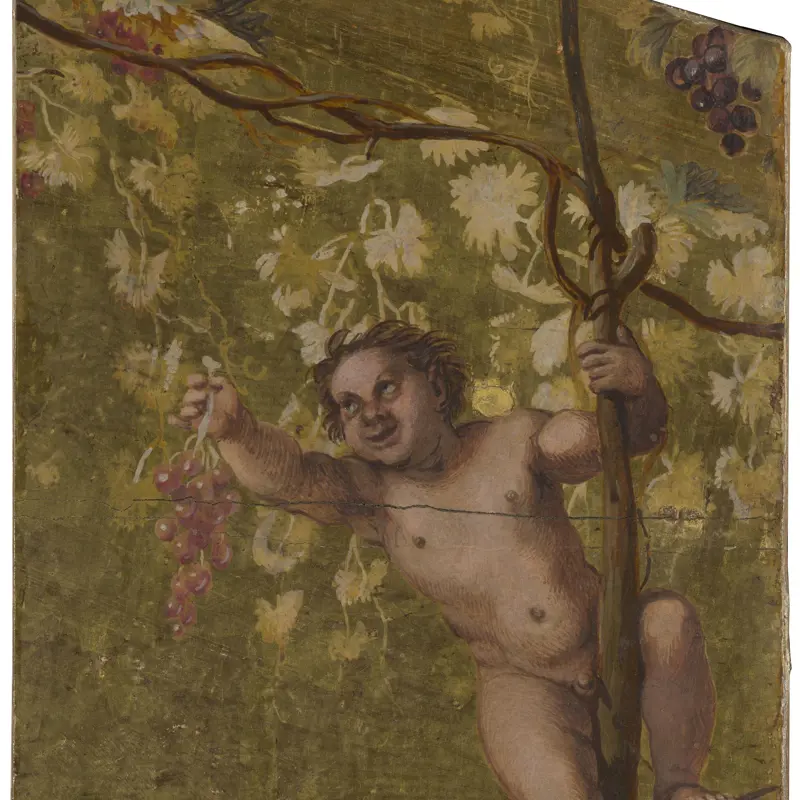The Revd William Holwell Carr (1758 - 1830), born Holwell (the Carr was adopted from the family of his aristocratic wife), was a clergyman with a rich benefice in Cornwall who delegated his pastoral duties and devoted his life to art.
He was a talented amateur painter and a great connoisseur who formed one of the most select collections of Old Master paintings in Europe in the last decades of the18th century and the first of the19th. He bequeathed the collection to the National Gallery on condition that a suitable building was made available.
Among the 32 paintings in his bequest, there are few which are not regarded as highly now as they were at the time.
Revd William Holwell Carr
This person is the subject of ongoing research. We have started by researching their relationship to the enslavement of people.
Biographical notes
Clergyman in the Church of England, art collector, dealer and painter.
Summary of activity
William Holwelll Carr was born in Exeter, the son of Edward Holwell, an apothecary. He studied at Exeter College, Oxford. In 1771 during travels in Italy, he began to form his collection of paintings. In 1805 he was a founding member of the British Institution. He was the vicar of the parish of Menheniot in Cornwall, but chose to live in London, and paid a curate to carry out his duties. In 1797 he married Lady Charlotte Hay, daughter of James Hay, 15th Earl of Erroll and Isabella, daughter of Sir William Carr of Etal. The couple subsequently took the name of Carr.
Holwell Carr’s sister-in-law Alicia Carr (née Eliot, who married his own wife’s brother, William Hay Carr, 17th Earl of Erroll) was the grand-daughter of Colonel William Byam of Antigua, and daughter of Samuel and Alice Eliot. This family owned extensive sugar plantations and enslaved people. In addition, in 1823, Holwell Carr’s niece, Lady Carolina Augusta Hay, daughter of the 17th Earl, married John Morant, owner of plantations and enslaved people in Jamaica. There is no evidence, however, that Holwell Carr himself had any involvement in the ownership of or trafficking of enslaved people.
Slavery connections
The connections are incidental. His sister-in-law Alicia née Eliot (the wife of his own wife’s brother) was from a slave-owning family in Antigua and his niece married the Jamaican slave-owner John Morant.
Abolition connections
No known connections with abolition.
National Gallery painting connections
Donor: bequeathed in 1831 his collection of 35 works to the NG: Federico Barocci, The Madonna and Child with Saint Joseph and the Infant Baptist (‘La Madonna del Gatto’) (NG29); Probably by Bernardino da Asola, The Death of Saint Peter Martyr (NG41); Annibale Carracci, Silenus gathering Grapes and Young Satyr gathering Grapes (from Panels for a Musical Instrument, NG93.1-NG93.2); Possibly by Antonio Carracci, The Martyrdom of Saint Stephen (NG77); Claude, Landscape with David at the Cave of Adullam (NG6); After Correggio, Christ presented to the People (Ecce Homo) (NG96); Domenichino, Landscape with Tobias laying hold of the Fish (NG48), Saint George killing the Dragon (NG75), The Vision of Saint Jerome (NG85); Gaspard Dughet, Landscape with a Shepherd and his Flock (NG68); Gaspard Dughet, Carlo Maratta, Landscape with the Union of Dido and Aeneas (NG95); Gaspard Dughet, Imaginary Landscape with Buildings in Tivoli (NG98); Garofalo, Vision of Saint Augustine (NG81); Possibly by Girolamo da Carpi, Marco Bracci with Cardinal Ippolito de' Medici (NG20); Guercino, The Dead Christ mourned by Two Angels (NG22); Italian, Florentine Portrait of a Lady (NG21); Jan Lievens, A Landscape with Tobias and the Angel (NG72); Bernardino Luini, Christ among the Doctors (NG18); Ludovico Mazzolino, The Holy Family with Saints Elizabeth, Francis and John the Baptist (NG82); After Michelangelo, The Dream of Human Life (NG8); Pier Francesco Mola, Saint John the Baptist preaching in the Wilderness (NG69); Giacomo Panizzati, The Conversion of Saul (NG73); Nicolas Poussin, Nymph with Satyrs (NG91); Rembrandt, A Woman bathing in a Stream (Hendrickje Stoffels?) (NG54), Guido Reni, Saint Jerome (NG11); Peter Paul Rubens, Oil Sketches for High Altarpiece, St Bavo, Ghent, Saint Bavo is received by Saints Amand and Floribert, Three Female Witnesses, Kings Clothar and Dagobert dispute with a Herald from the Emperor Mauritius (NG57.1-NG57.3); Andrea del Sarto, The Madonna and Child with Saint Elizabeth and Saint John the Baptist (NG17); Sebastiano del Piombo, Portrait of a Lady with the Attributes of Saint Agatha (NG24); Jacopo Tintoretto, Saint George and the Dragon (NG16); Titian, The Holy Family with a Shepherd (NG4); Paolo Veronese, The Rape of Europa (NG97); Giovanni Battista Viola, Landscape with a River and Boats (NG56), Landscape with a Hunting Party (NG63).
Sitter: John Jackson’s portrait of Reverend William Holwell Carr of about 1827–8 was included in the Holwell Carr bequest (NG124).
Bibliography
D. B. Brown, 'Carr, William Holwell', in J. Turner et al. (eds), Grove Art Online, Oxford 1998-, https://doi.org/10.1093/gao/9781884446054.article.T014335
Checked and found
—
Item on publisher's website
History of Parliament Trust (ed.), The History of Parliament: British Political, Social & Local History, London 1964-, https://www.historyofparliamentonline.org/
Checked and not found
—
Item on publisher's website
C. Matthew et al. (eds), Oxford Dictionary of National Biography, Oxford 1992-, https://www.oxforddnb.com/
Checked and not found
—
Item on publisher's website
UCL Department of History (ed.), Legacies of British Slave-ownership, London 2020, https://www.ucl.ac.uk/lbs/
Checked and not found
—
Item on publisher's website

